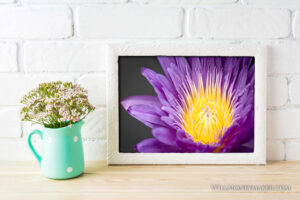There’s so much jargon in the realm of marketing. Marketers want us to drive conversions, make sales funnels, and humanize our brands. Sometimes, it’s hard to find meaning in all these tossed around terms, but there is one that I want to focus on, and that is the one about humanizing our brands.
There’s a lot to unpack in this particular term. Marketers make it their jobs to charm their audiences by presenting companies in a very human way—and there is a lot of research out there to suggest that the days of the faceless megacorporation are over. People want something that they can relate to. Something that not only serves whatever purchase needs they have, but also makes them feel good about associating with the brands that they’ve chosen to purchase from.
This is why things like microbreweries, for example, are becoming so popular despite the fact that the big names in beer are still doing their best to compete. People enjoy the idea of purchasing and enjoying a fine drink that isn’t mass produced, one that was created by a family of people devoted to the craft.
And how does this fit with photography? Well, whether you’re a portrait artist, a fine art photographer, a product photographer or involved in some other photographic endeavor, I think this idea of humanizing your brand still rings true. Only, we have to look at it in a slightly different light than the microbrewery competing with the Anheuser-Busch corporation. We have to ask ourselves what it is that we have to offer in order to connect with people.
The thing about marketing ourselves is that we can’t always present that which we want to sell, whether that be portrait sessions or pieces of art. Nonstop marketing messaging is what those faceless corporations of old did—and after a while, the technique started to put people off. I think the real way to bring people in and to get them interested in what you have to offer is through good old-fashioned generosity.
But what does that mean? It could mean lots of things. That’s kind of the beauty of modern marketing. There are so many options to try. In large part, I think it means sharing things that aren’t necessarily intended for sale. Get on Facebook and share things that you enjoy. It could be a photograph of a pretty flower, your morning cup of coffee, or cute pictures of your dog playing in your backyard. These are things that people almost universally enjoy—and if you take the photographs well, then they’re a good chance to subtly show off your skill, too. You could host giveaways, strike up conversations, or do any number of things that make people want to interact and get involved. Don’t hesitate to have a little fun.
The most important thing is to show people that you are a person. Show them that it isn’t always about the art, but also about commonality and mutual enjoyment. This is how you demonstrate that your work isn’t just mass-produced art intended for sale, but something lovingly crafted by someone who puts every ounce of meaning into it that they can. I think it’s these kinds of things that will help draw people in every bit as much as what you’re trying to sell.
Now go and enjoy the beauty of God’s creation through your lens.





